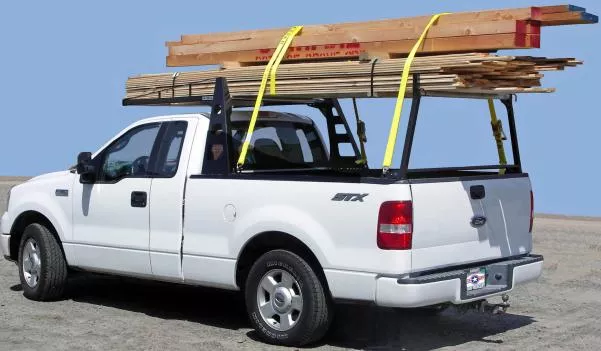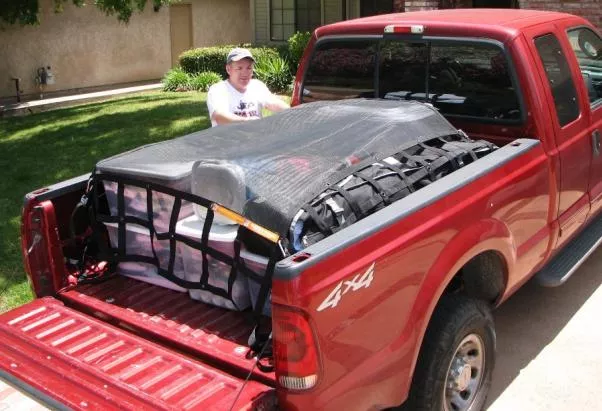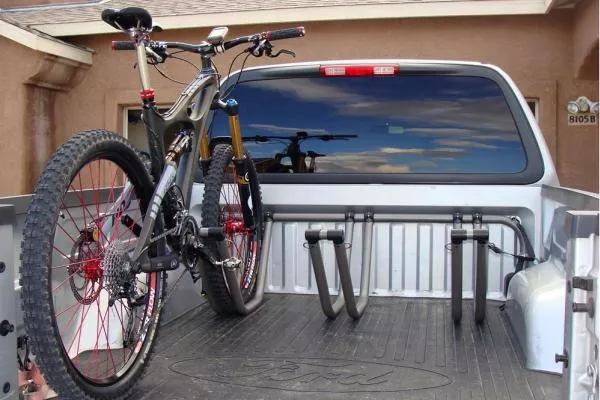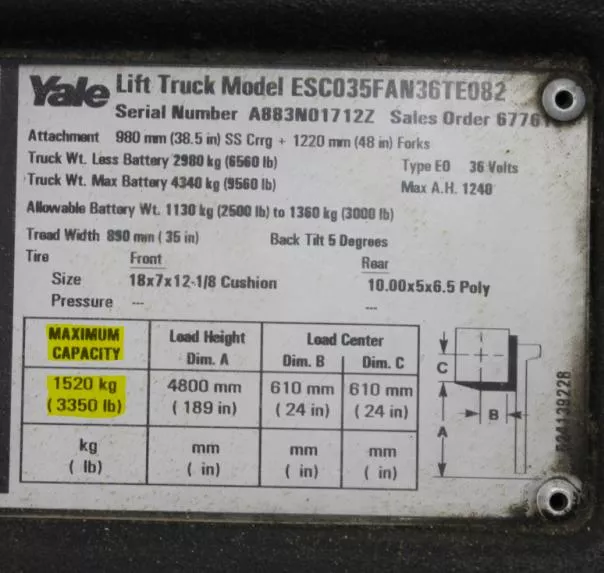No one can deny the load capacity of a pickup truck but some drivers are still unaware of the right way to secure items in the pickup bed. Therefore, in this article, Philkotse team would like to share some common mistakes truck owners usually make when loading stuff. Check out now!
1. Not prepare your pickup in advance
A bad beginning makes a bad ending. Whether you use your pickup for business or just for recreation, carrying a lot of cargo means you must prepare for a range of situations.

Don’t hesitate to invest in some essential items such as truck racks, side rails or rear bars
Thus, it’s highly recommended that you spend some time upgrading your beloved pickup for a safer load. Depending on your demands, don’t hesitate to invest in some essential items such as truck racks, side rails or rear bars. They will protect your car as well as other vehicles on the road from regrettable incidents. Besides, some accessories like bed rail, non-skid bed liner, toolbox or Tonneau cover are also well worth considering.
Interestingly, you can attach a flag (or any red piece of cloth) at the rear of your truck to alert other drivers. This may sound hilarious but frankly, it’s potentially useful.
>>> Related: USED ISUZU KB FOR SALE
2. Use wrong size cargo net or tarpaulin

Many drivers buy a net which can’t cover the entire loads
If you just want to transport some light goods, a cargo net or tarpaulin may be helpful in keeping your items from flying out of your car. However, it’s not the case if your net can’t cover the entire loads or when it’s a lot bigger than the truck bed. Hence, measure your pickup bed length before deciding to buy a net or tarp.
>>> View more: Top 5 used pickup trucks with monthly payments from P25,000 on Philkotse
3. Make use of any old rope
Have you ever thought about the prospect when your load suddenly raptures and the entire load will drop on the road? And you found that your old ropes turn out to be the culprit.

Solid bungee cords and ratchet straps are actually not lavish
Solid bungee cords and ratchet straps are actually not lavish, so get some for your own now. Take notice of storing them properly in order not to be disintegrated by dirt, rain or sunlight.
4. Only tie down cargo improperly
It’s nonsense when some Pinoy drivers often haul loads from one side of the truck. Even a child can know that everything must be in balance. If your load is off-balance, it will be very difficult for you to control the vehicle. For that reason, make sure the cargo is evenly distributed on both two sides of the bed. In case stuff move to one side, use straps to prevent them from shifting.

Some Pinoy drivers often haul loads from one side of the truck
Not only that, many drivers have a bad habit of positioning heavy stuff near the back of the bed. In fact, you should do the opposite of what you’ve been doing: try to keep loads as close to the front as possible for an ease of control.
>>> Look through a list of top 5 compact SUVs that have the biggest cargo space.
5. Be unconscious of load capacity of your truck

Open the driver’s side door and you find face a factory sticker telling all necessary specifications
There is a strong possibility that some of you seem to be unfamiliar to several concepts such as “half-ton”, “3/4-ton” and “one-ton” pickup trucks. In fact, these terms refer to your pickup’s capacity. No matter how tough your truck is, it still has the limit that you mustn’t exceed. Hence, as soon as you bring home a new pickup, check out this important info. Open the driver’s side door and you find face a factory sticker telling all necessary specifications. More ideally, learn about the truck's Gross Vehicle Weight Rating (GVWR) before making up your mind which type can meet your needs.
>>> Click here for more tips and advice on safe driving at Philkotse.
Recent posts
- Mitsubishi Space Wagon Jun 04, 2021
- Chevrolet stops selling cars in Indonesia Oct 19, 2022
- Volkswagen Jetta GLI 2018 manual variant now erased Jun 04, 2021










